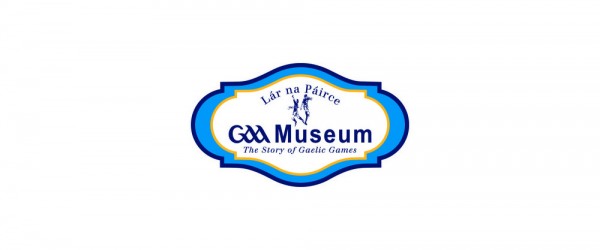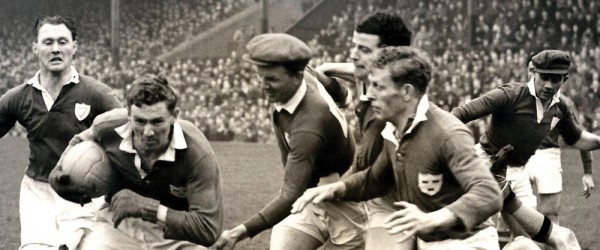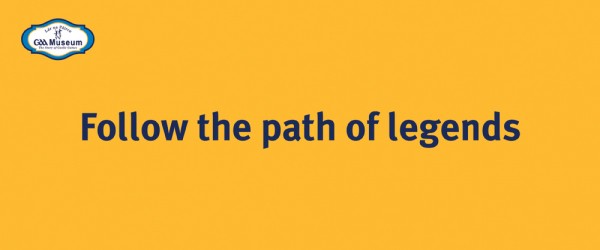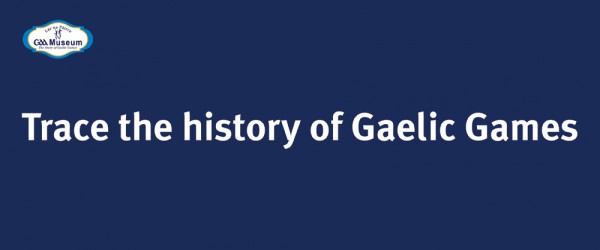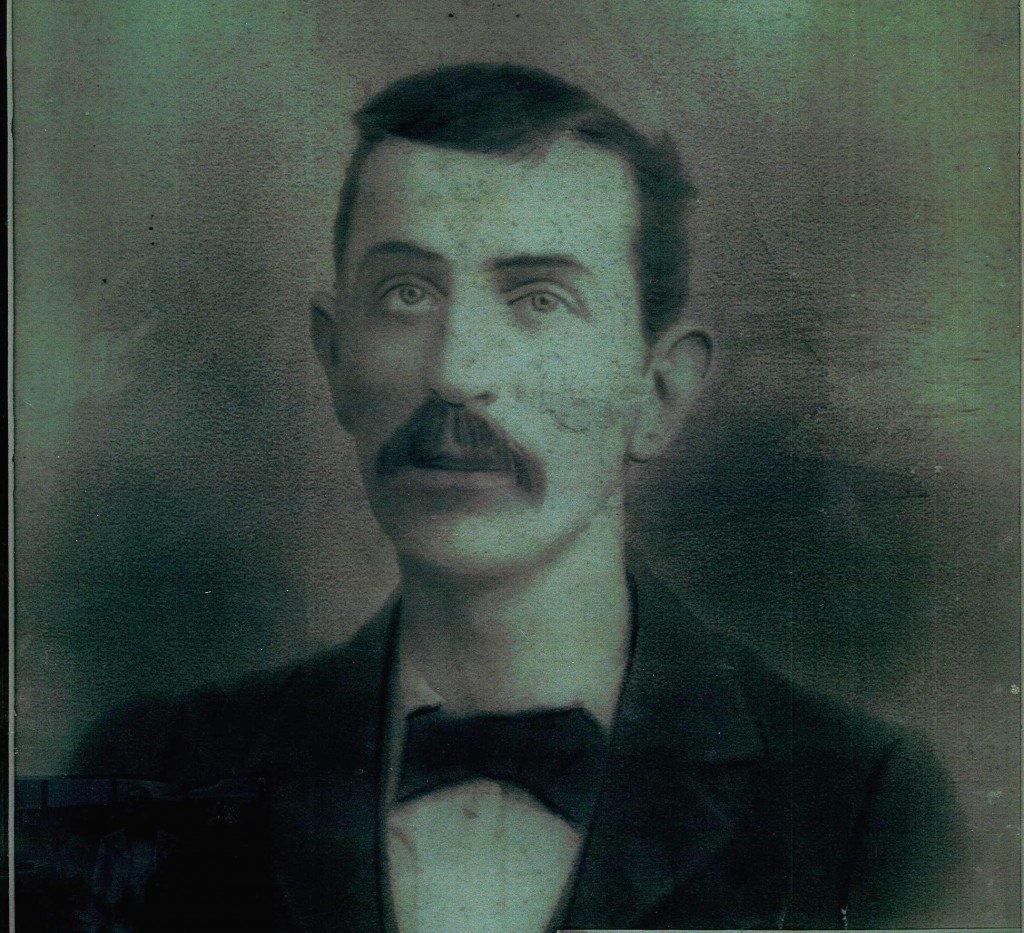No. 11 Ned Treston’s Photograph
One of Michael Cusack’s efforts to promote the game of hurling soon after the foundation of the G.A.A. was an exhibition match in the Phoenix Park, Dublin on February 16, 1886. The teams came from South Galway and North Tipperary and they travelled by train to Dublin on the previous day. They were greeted by Cusack and marched to the Clarence Hotel, where they stayed.
Following a meal, Cusack held a meeting with both sides in which the rules of the game were discussed and agreed. These were the days when most hurling rules were local and the new common set hadn’t yet been widely accepted.
The next item to be discussed was the sliotar to be used. The Tipperary side introduced their sliotar, which was larger than that used in Galway, and it wasn’t well-received by the Galway players. The latter were then invited to show theirs and it was only then they realised they had left it at home in Gort!
This was where the Galway captain stepped into the breach. Ned Treston was a saddler by trade and he decided to make the Galway ball. Before he retired for the night he made the cork core of the sliotar and waited until morning to find a harness maker to cover it with leather.
As soon as businesses were open he did the rounds of the streets in the neighbourhood of the Clarence. There were quite a number of harness makers but five of them refused his request to cover the cork core with leather. The sixth man he came across said to him: ‘Maybe you could do it yourself?’ which Ned did. It was the forerunner of the modern sliotar, based on the design of the cupped hand.
The teams marched from the Clarence Hotel, four deep, with their hurleys on their shoulders to the Fifteen Acres in the Phoenix Park. According to Galway G.A.A. historian, Padraic Ó Laoi ‘The substitutes carried the goalposts.’ The field was marked with the players’ coats. There was no charge to see the game, which had been billed by Cusack as ‘The Championship of Ireland’.
It was nearly three o’clock before the teams lined up with Cusack as referee. Before the game started Dan Burke objected that the Tipperary team wasn’t properly dressed, as they wore neither shoes nor short pants. In the invitation to the teams Cusack had requested that the teams wear a distinctive dress. Cusack agreed with Burke that the Tipperary players were breaking the rules, yet he allowed them to play.
The Galway men got a great reception when they stepped on to the field dressed with green caps, white jerseys. knickerbockers and shoes.
The Tipperary ball was used in the first half and the sides were level at halftime. The smaller Galway sliotar was used in the second half but it didn’t do Galway any favours. Ten minutes from the end Charlie McSorley of the Silvermines scored a goal for Tipperary and the only score of the game gave them victory.
Ned Treston’s ball, which became the prototype of all subsequent sliotars, no longer exists but his photograph holds pride of place in Lár na Páirce with the Silver Cup, which was presented to the Tipperary captain after the victory.
